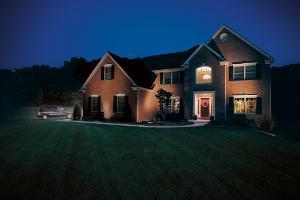 The trend in homes that work with automated lighting systems is to bet on spaces that combine efficiency with energy savings, while highlighting aspects of design and architecture.
The trend in homes that work with automated lighting systems is to bet on spaces that combine efficiency with energy savings, while highlighting aspects of design and architecture.
by Alejandra García Vélez
Home automation installations can start from very simple elements to complete integrations that allow managing and automating practically all aspects of a house; it all depends on the scope of the installation and especially on the customer's requirements.
While it is true that home automation encompasses the integration of different technological variables within residential properties including access control systems, alarms, surveillance cameras, entertainment systems, among others. There is no denying that lighting control is one of the most demanded components.
Design and control
Precisely, when talking to Diana Rincón, project director of Domótica Aplicada S.A.S., she highlighted the different ways in which these systems can be integrated according to the particular needs of the user.
As explained by the interviewee, you can start from very simple applications and equipment, such as the common switches and attenuators, until you reach a more integral system that includes automated switches and integrated into controllers that allow generating scenarios, accompanied by time conditionals and even the possibility of interacting with security, entertainment and automation systems.
As an example, it states that users could have scenarios in which when the alarm system is activated, all the interior lighting turns on and the exterior lighting begins to turn on and off second by second generating a visual alarm. Also, in the aspect of comfort, it can be sought that when opening the door of the house, automatically the temperature of the house is adjusted to a desired level, the lighting is activated on the way to the room, the fireplace begins to work and the ambient sound system broadcasts the music previously configured in the player.
But to achieve the above, several factors must be taken into account, first of all a congruence must be found between the technical, functional and decorative aspect, all of them focused on personalization and usability according to the characteristics of the inhabitants of the home, as well as taking advantage of technological advances that allow generating savings, efficiency and comfort.
In that sense, it is important to know the objective of lighting in each area of the house, that is, to ask yourself if the objective of a particular luminaire is functional or decorative; for example, if a room is to be used as an office, the level and type of lighting must be adapted for that function.
Similarly, in spaces such as bathrooms and kitchens, lighting should be focused on highlighting the reality of the colors and textures of the objects found there. In addition, explains the guest, both in indoor and outdoor areas it should be analyzed if the need is to have a high efficiency in lighting or if decorative effects are also required that highlight some specific elements of the design.
Execution
Taking into account the above, some parameters can be established to take into account when planning the installation of a lighting system in a residential space. As for the trends in this aspect, Rincón explains that, although there are wired lighting controls, the trend in most brands is that this type of equipment communicates wirelessly.
According to Rincón, wireless communication greatly facilitates when designing the system infrastructure; however, there are other elements that should not be forgotten, such as, for example, the boxes in which the switches will be located; in that case it is necessary to identify which equipment will be installed to leave the appropriate spaces for it.
Regarding the installation of luminaires, Rincón said that "it is very important to understand what type of lighting users want to install to check if the constructive form allows it, for example, porthole type lighting must have certain considerations of space to be recessed".
The guest also explained that the same situation arises when it is intended to have indirect lighting, which must be accompanied by an architectural design that allows to accommodate the type of luminaire required for this purpose without seeing cables or exposed lights.
It is also true that one of the most common difficulties when carrying out an installation of this type lies in finding that the electrical installations were not worked applying the respective regulations, especially in the case of houses built several years ago.
Another very common situation is that due to lack of foresight the lighting switches are hindered by the movement. "It is of vital importance to foresee this from the same design, in addition to permanently accompanying the development of the work to solve possible changes that affect the facilities," emphasized Rincón.
Technology for a better life
Undoubtedly, although one of the main objectives of this type of installation is to facilitate the lives of users, energy saving is also a fundamental component that remains in the foreground when planning and executing.
There are different strategies and devices that contribute with their use to achieve a higher level of energy efficiency in a residential property. The case of LED lamps is one of the most remarkable, its efficiency compared to other types of lighting makes it one of the preferred technologies in the residential area.
Likewise, automatic lighting control systems that include presence sensors in traffic areas, and integration with curtains to enhance the use of natural lighting, the management of routines and time conditions, are also in high demand.
Precisely, when questioning about the current level of demand for these solutions, Rincón said that "the use of this type of systems is more focused on residential properties medium-high level upwards, where it begins to become a trend for this type of projects".
Rincón added that "although we do not have an exact statistic that leads us to give a quantitative data of the demand, we can say that although many architects and builders have knowledge of the subject of home automation, there is still more diffusion in the knowledge of this branch of technology directly to the end users, which after knowing the scope and applications that it has want to implement at least some of the systems ".
Perfect combination
Comfort and functionality also come together when lighting control is combined with the use of automated curtains. In that case, the mechanisms allow the autonomous operation of the blinds to generate openings and closures according to the user's need.
"The autonomy in the operation make these products very attractive for users, for example, by allowing the movement of the curtains and the control of lighting with conditions such as positioning of the sun, temperature of the space, schedules and integration with all the technological systems of the house," said Rincón.
For her part, Alejandra León, Senior Marketing of Lutron for Latin America, highlighted the role of natural light control in the level of energy savings that can be achieved. "Curtains and blinds make it possible to effectively control natural light, reducing heat absorption from the sun or heat loss during the winter, helping to reduce cooling and heating costs which brings a direct benefit in energy consumption."
In addition, León pointed out that by being able to control the natural light in the environments, minimizing the brightness that often enters through the windows, the curtains allow to take advantage of natural light at all times, thus reducing the need to use electrical energy.
While lighting control systems and automated blinds are only one aspect that shows the benefits that the user can obtain from a home automation installation, these two elements serve as a basis for understanding the role that residential automation can have on the way to more energy-efficient homes. In addition, to leave the door open to be successfully integrated with other elements, whether security, comfort or entertainment.












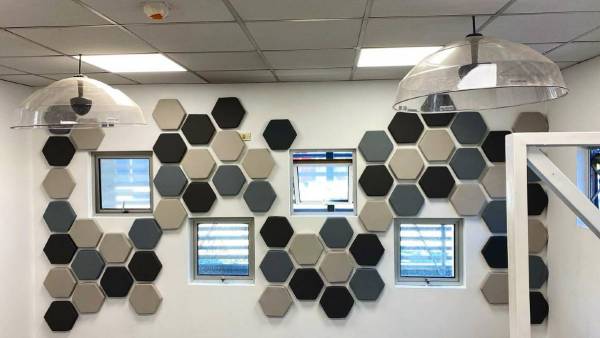
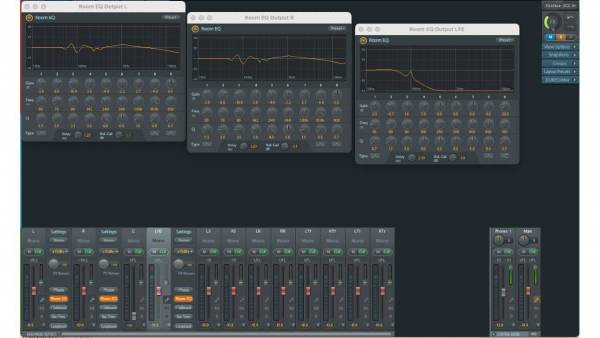

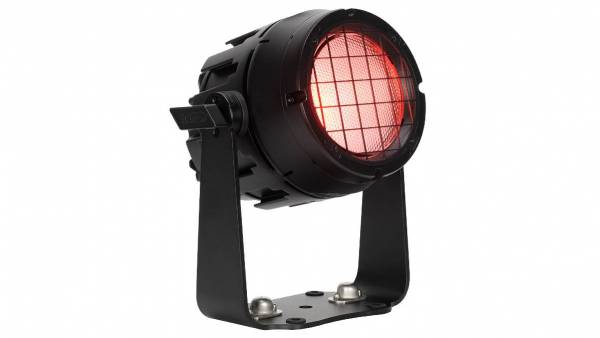

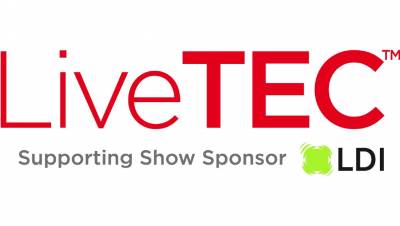








Leave your comment